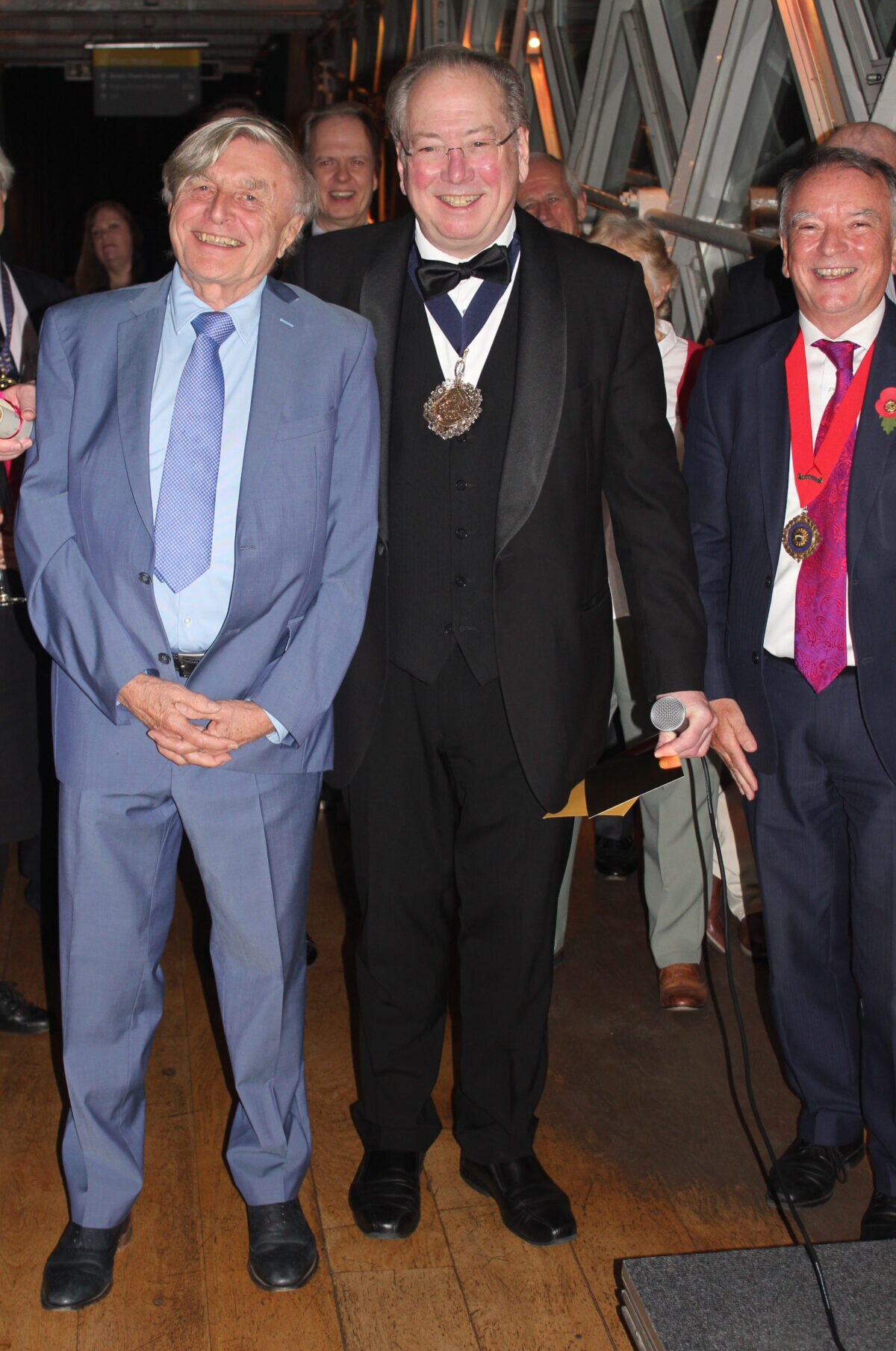Arm Founding CEO Inducted into City of London Engineering Hall of Fame

Sir Robin Saxby, the founding CEO and former chairman of Arm, has been inducted into the City of London Engineering Hall of Fame. The ceremony, which took place on the High Walkway of Tower Bridge in London on October 31, 2024, announced the induction of seven iconic engineers who are from or connected to the City of London.
As Professor Gordon Masterton, Past Master Engineer, said: “The City of London Engineering Hall of Fame was launched in 2020 and now has 14 inductees whose lives tell the story of almost 500 years of world-beating engineering innovations that have created huge improvements in the quality of life and economy of the City of London, the United Kingdom and the world. Our mission is to celebrate these role models of exciting and inspirational engineering careers.”

Saxby joined Arm full-time as the first CEO in February 1991 where he led the transformation of the company from a 12-person startup to one of the most valuable tech companies in the UK with a market capitalization of over $10 billion.
As CEO, Saxby was the visionary behind Arm’s highly successful business model, which has been adopted by many other companies across the tech industry. Through this innovative business model, the Arm processor can be licensed to many different companies for an upfront license fee, with Arm receiving royalties based on the amount of silicon produced.
This paved the way for Arm to become the industry’s highest-performing and most power-efficient compute platform, with unmatched scale today touching 100 percent of the connected global population.
Under Saxby’s tenure at Arm, power-efficient technology became the foundation of the world’s first GSM mobile phones that achieved enormous commercial success during the 1990s, including the Arm-powered Nokia 6110. Today, more than 99 percent of the world’s smartphones are based on Arm technology. The success in the mobile market gave the company the platform to expand into other technology markets that require leading power-efficient technology from Arm, including IoT, automotive and datacenter.
Saxby stepped down as CEO in 2001 and chairman of Arm in 2006. In 2002, he was knighted in the 2002 New Year Honors List. Saxby is a visiting Professor at the University of Liverpool, a fellow of the Royal Academy of Engineering and an honorary fellow of the Royal Society.
Thanks to Saxby’s work, Arm has grown to be a global leader in technology, with nearly 8,000 employees worldwide today. Just as Saxby and the 12 founding members had originally envisioned, Arm remains committed to developing technology that will power the future of computing.
Any re-use permitted for informational and non-commercial or personal use only.











